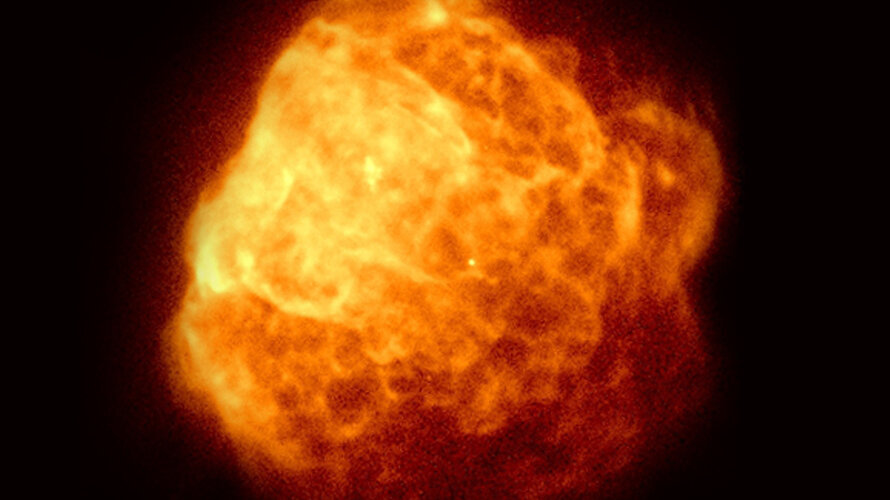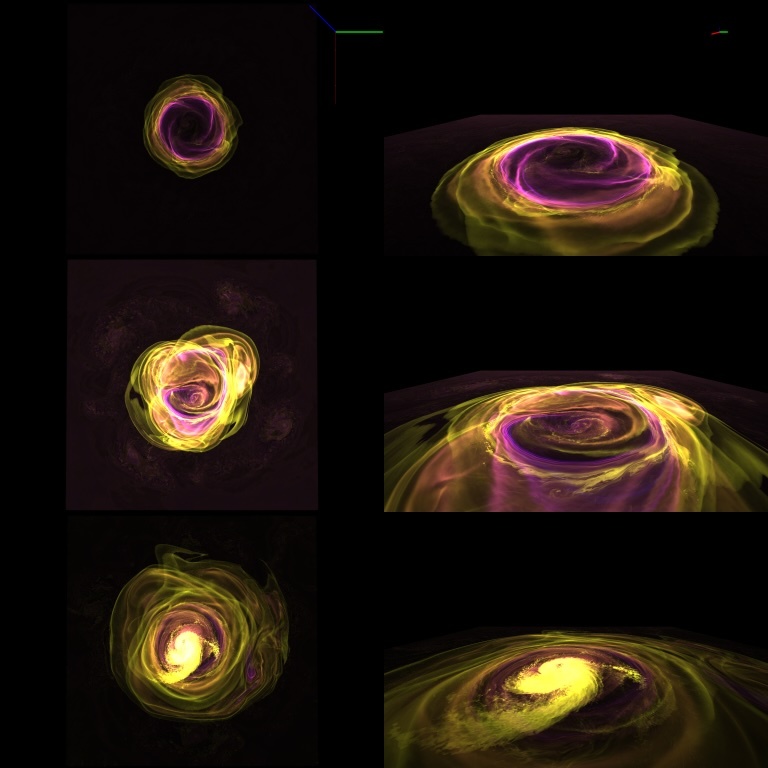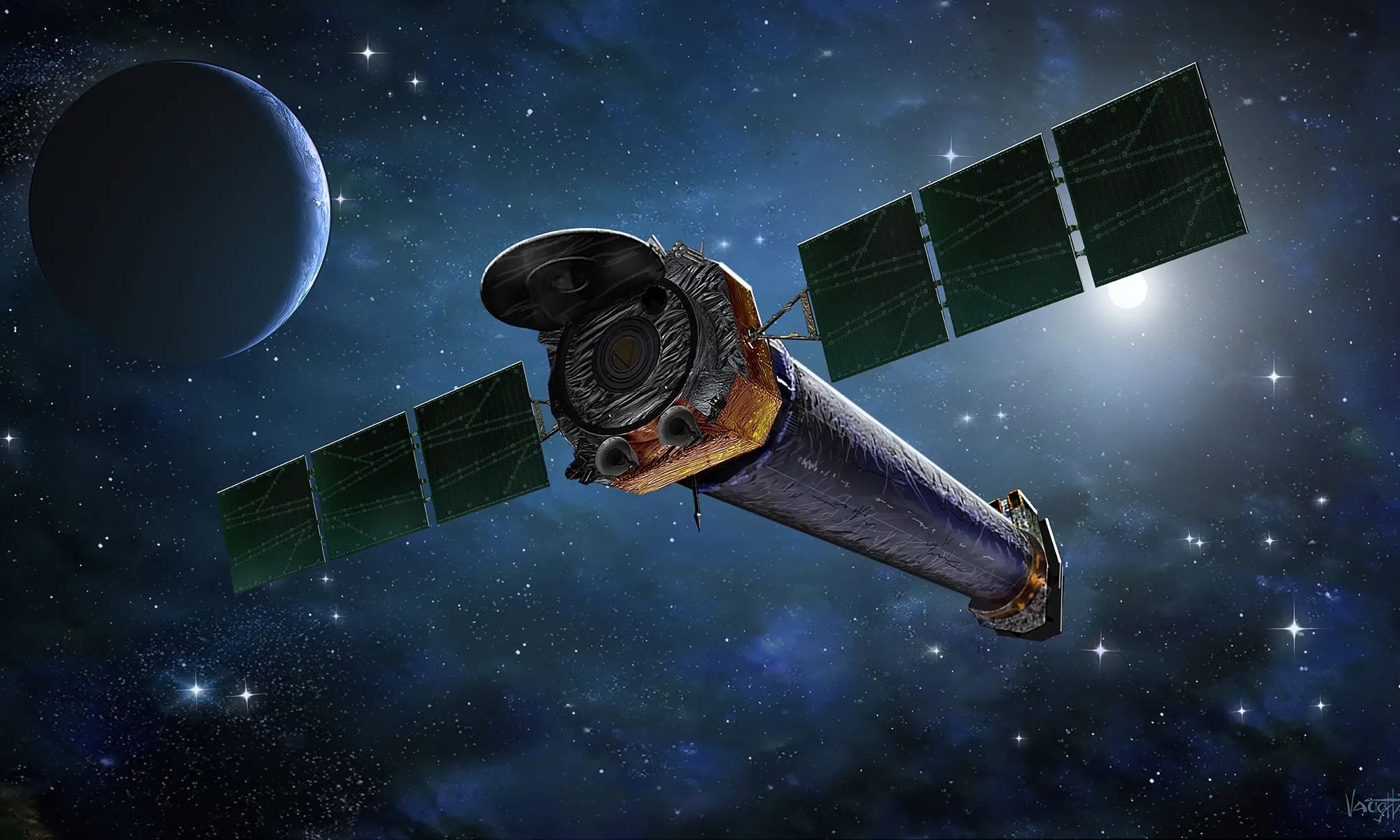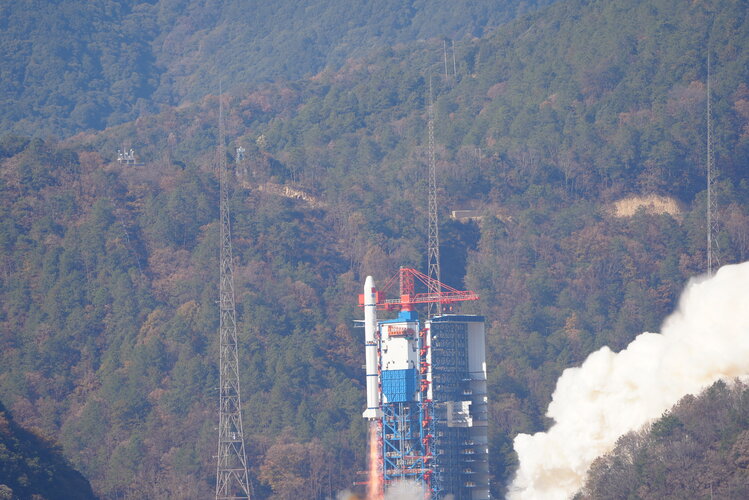The arrival of spacecraft on alien worlds uses a number of different techniques from giant air bags to parachutes and small rockets. The use of rockets can pose a problem to onboard technology though as the dust kicked up can effect sensors and cameras and the landing site can be disturbed in the process. A team of researchers have developed a new instrument that can measure the dust that is kicked up on landing to inform future instrument design.
Continue reading “Measuring How Much Dust Spacecraft Kick Up When they Land”Measuring How Much Dust Spacecraft Kick Up When they Land










